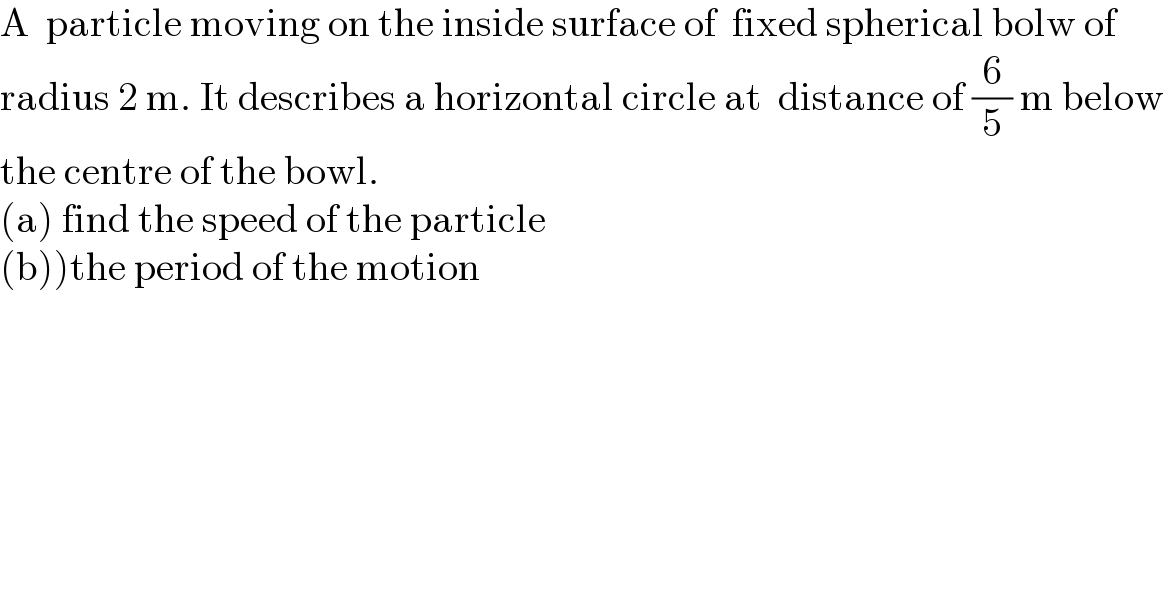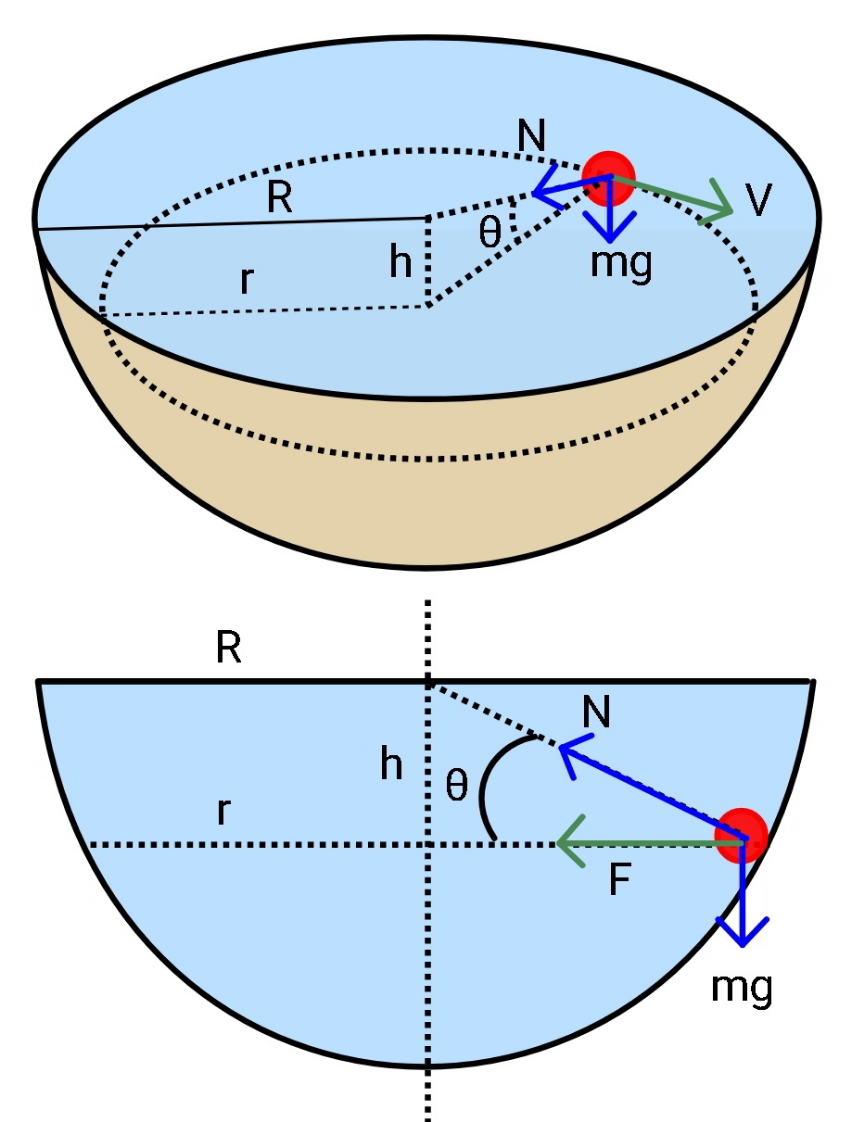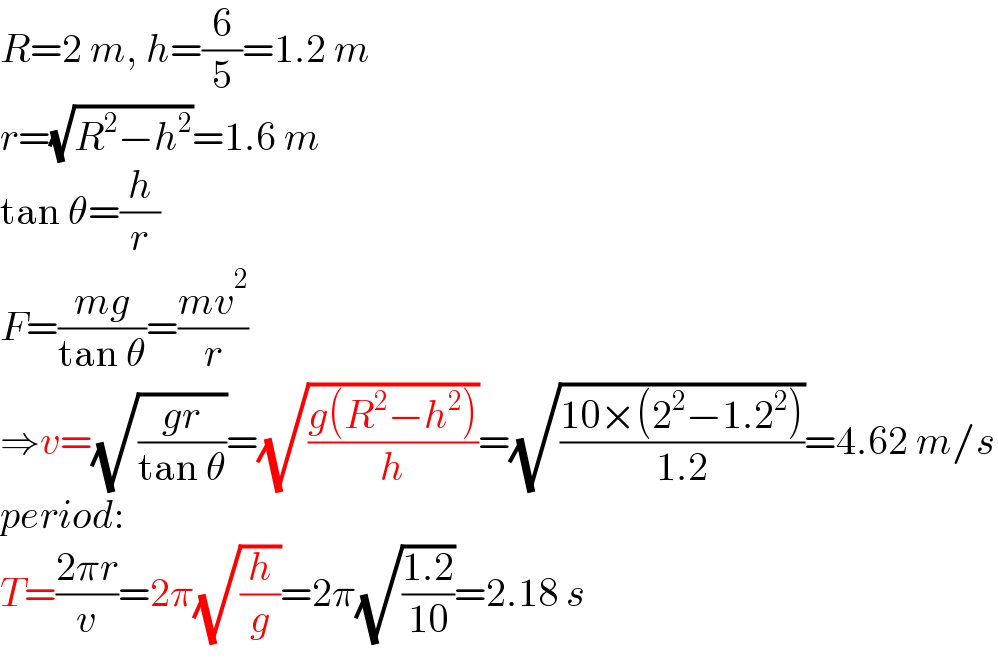
Question and Answers Forum
Previous in Probability and Statistics Next in Probability and Statistics
Question Number 136109 by physicstutes last updated on 18/Mar/21

Answered by mr W last updated on 18/Mar/21

Commented by mr W last updated on 18/Mar/21

Commented by physicstutes last updated on 19/Mar/21

Commented by mr W last updated on 19/Mar/21

Commented by otchereabdullai@gmail.com last updated on 19/Mar/21

